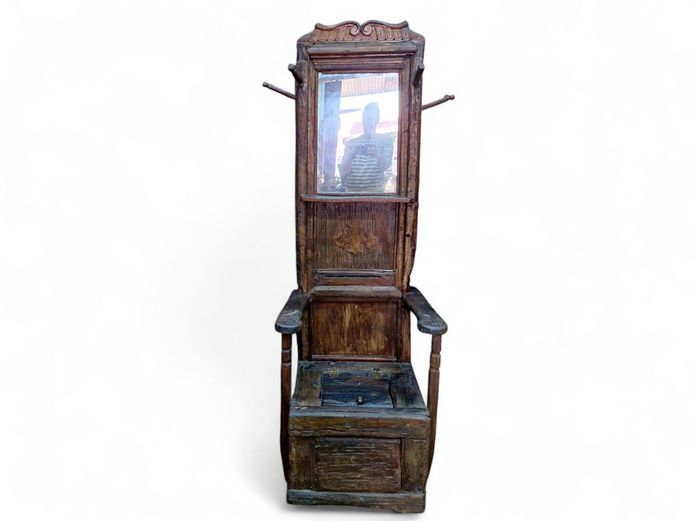
80 18th Century French Salt Box Chair
Per lot
The 18th-century Salt Box Chair is a piece of furniture with a rich history, particularly in the French countryside. The most defining characteristic of the salt box chair is its hidden storage space. The seat of the chair has a hinged lid that reveals a compartment. This was a clever way to store salt, which was a precious commodity in 18th-century France due to a heavy tax called the "gabelle." The chairs were often used by the grandmother or matriarch of the family. The story goes that when tax collectors came to the house, the grandmother would simply sit on the chair, her long dress concealing the fact that the chair was also a chest. It would be considered rude to ask her to move, thus keeping the family's salt supply safe from prying eyes. These chairs were typically designed to be placed near the hearth or "cantou" in French, which was the central gathering place in the home. Storing salt near the fire kept it dry and protected from moisture. Salt box chairs are a type of provincial or country furniture. They were generally made from readily available woods like oak, chestnut, cherry, and poplar. The construction was often sturdy and rustic, reflecting their utilitarian purpose in a farmhouse setting. This chair does have character, considering its age it is still sturdy and a fully functional furniture piece that can be used as a coat rail for the entrance hall. Dimensions: 186cm (h) x 65cm (w) x 58cm (d)

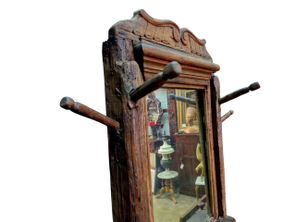
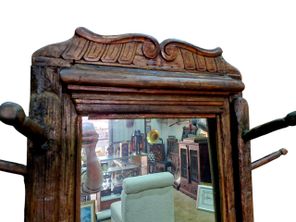
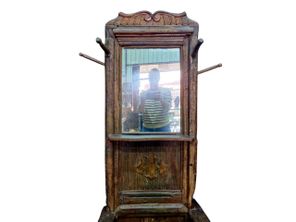

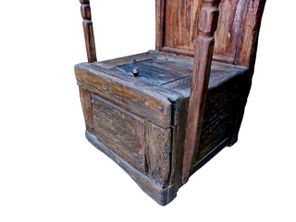
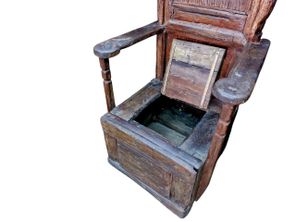
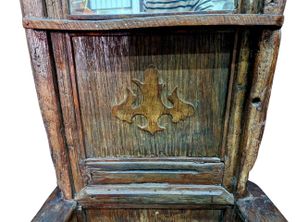
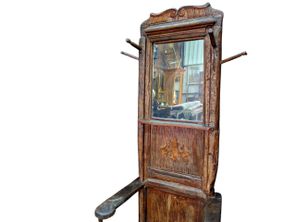
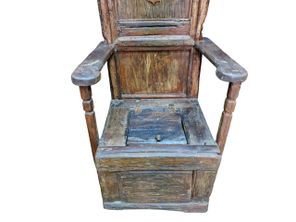













Share
Whatsapp
Email
X
Facebook